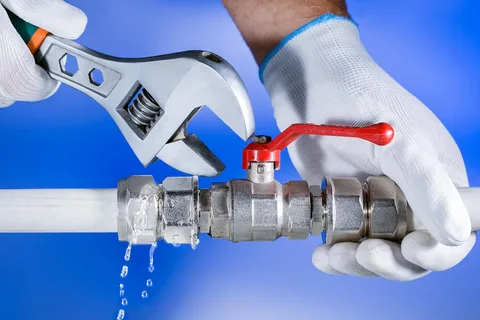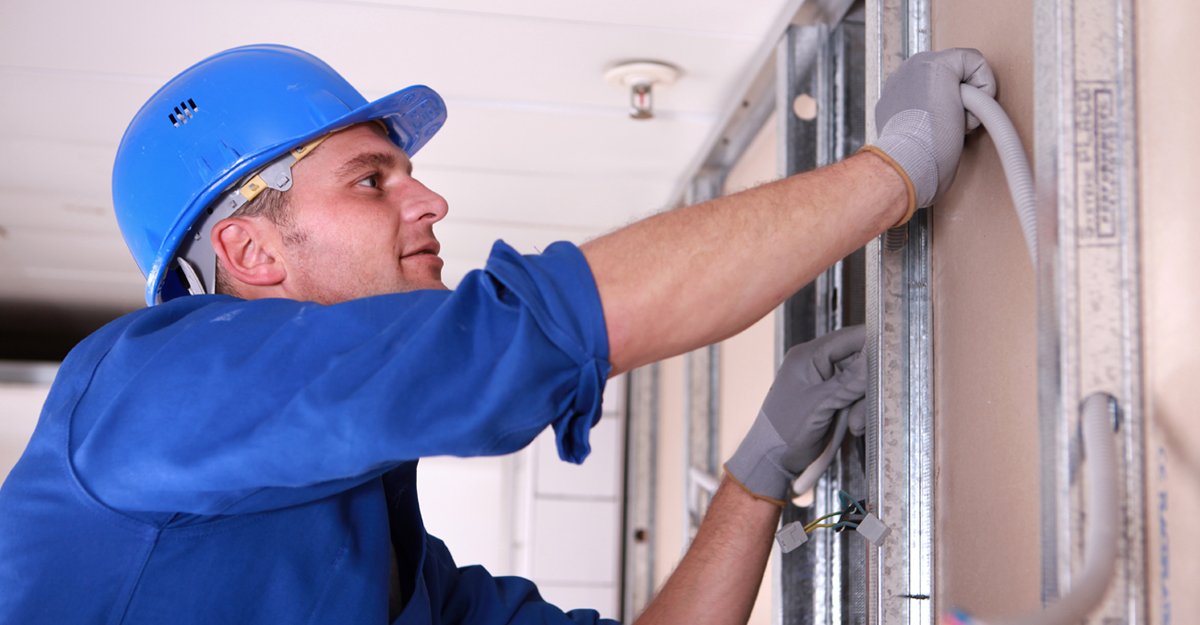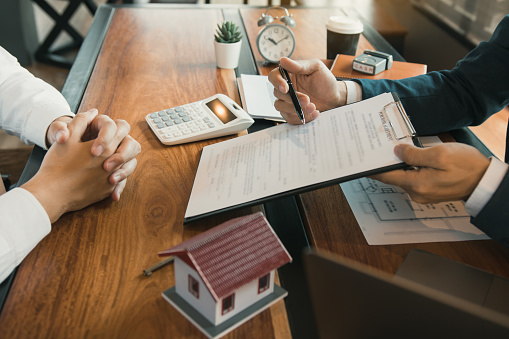Introduction:
Plumbing issues are a common occurrence in any household, but they needn’t always result in costly service calls. Armed with the right knowledge and tools, many everyday plumbing problems can be successfully tackled by the DIY enthusiast. In this comprehensive guide, we’ll take you through essential tips and techniques for mastering basic plumbing repairs at home. From understanding fundamental tools to tackling specific tasks, we’ll empower you to approach plumbing issues with confidence and skill, ultimately saving you time and money.
Understanding Essential Plumbing Tools:
Before embarking on any plumbing repair project, it’s essential to acquaint yourself with the fundamental tools required. While a comprehensive toolkit is advantageous, several must-have items are indispensable for DIY plumbing ventures:
- Pipe Wrench: This sturdy tool is designed for gripping and turning pipes and fittings, making it essential for tasks involving threaded pipes.
- Adjustable Spanners: Also known as adjustable wrenches, these versatile tools are indispensable for tightening or loosening nuts and bolts of various sizes, making them invaluable in plumbing repairs.
- Plunger: A basic yet essential tool for clearing blocked drains and toilets, the plunger creates suction to dislodge blockages effectively.
- Pipe Cutter: Used for cutting through pipes cleanly and accurately, a pipe cutter is essential for installing new pipes or replacing damaged sections.
- PTFE Tape: Also referred to as plumber’s tape, PTFE tape is used to create a watertight seal on threaded pipe fittings, preventing leaks.
Prioritising Safety:
Safety should always be the foremost consideration when undertaking any plumbing repair. Here are some crucial safety precautions to adhere to:
- Shut off the water supply: Always turn off the main water supply before commencing any plumbing work to prevent accidental flooding.
- Utilise protective gear: Wear gloves and safety goggles to shield your hands and eyes from potential hazards.
- Ensure adequate ventilation: Work in well-ventilated areas when handling plumbing chemicals or soldering to avoid inhaling harmful fumes.
- Recognise your limitations: If a plumbing repair appears too complex or beyond your expertise, don’t hesitate to seek professional assistance.
Common Plumbing Repairs and How to Address Them:
Let’s explore some of the most prevalent plumbing issues encountered by homeowners and the steps to resolve them effectively:
- Leaky Taps: Leaking taps are not only bothersome but can also waste a significant amount of water over time. To remedy a leaky tap, follow these steps:
- Turn off the water supply to the tap.
- Disassemble the tap and inspect the internal components for wear or damage.
- Replace worn-out parts such as O-rings, washers, or seals.
- Reassemble the tap and turn the water supply back on to check for leaks.
- Blocked Drains:
Blocked drains can disrupt daily routines and lead to unpleasant odours. Here’s how to clear a blocked drain using a plunger: - Place the plunger over the drain and ensure a tight seal.
- Apply firm and steady pressure by plunging up and down vigorously.
- Continue plunging until the blockage is dislodged, and water drains freely.
Should the plunger prove ineffective, consider employing a drain snake or chemical drain cleaner.
- Running Toilets: A running toilet can waste a considerable amount of water and inflate utility bills. To rectify a running toilet, adhere to these steps:
- Remove the toilet tank lid and inspect the flapper valve and flush valve for damage or debris.
- Adjust the water level in the tank to prevent overflow into the overflow tube.
- Replace any worn-out or faulty components as necessary.
- Test the toilet by flushing it and ensuring it stops running once the tank is refilled.
Conclusion:
By implementing the insights and techniques outlined in this guide, you can confidently undertake basic plumbing repairs at home. Remember to prioritise safety, acquaint yourself with essential tools, and approach each task methodically. While certain plumbing issues may necessitate professional intervention, many can be resolved autonomously with a touch of DIY prowess. So, roll up your sleeves, arm yourself with your trusty spanners, and embark on your journey to plumbing proficiency!




